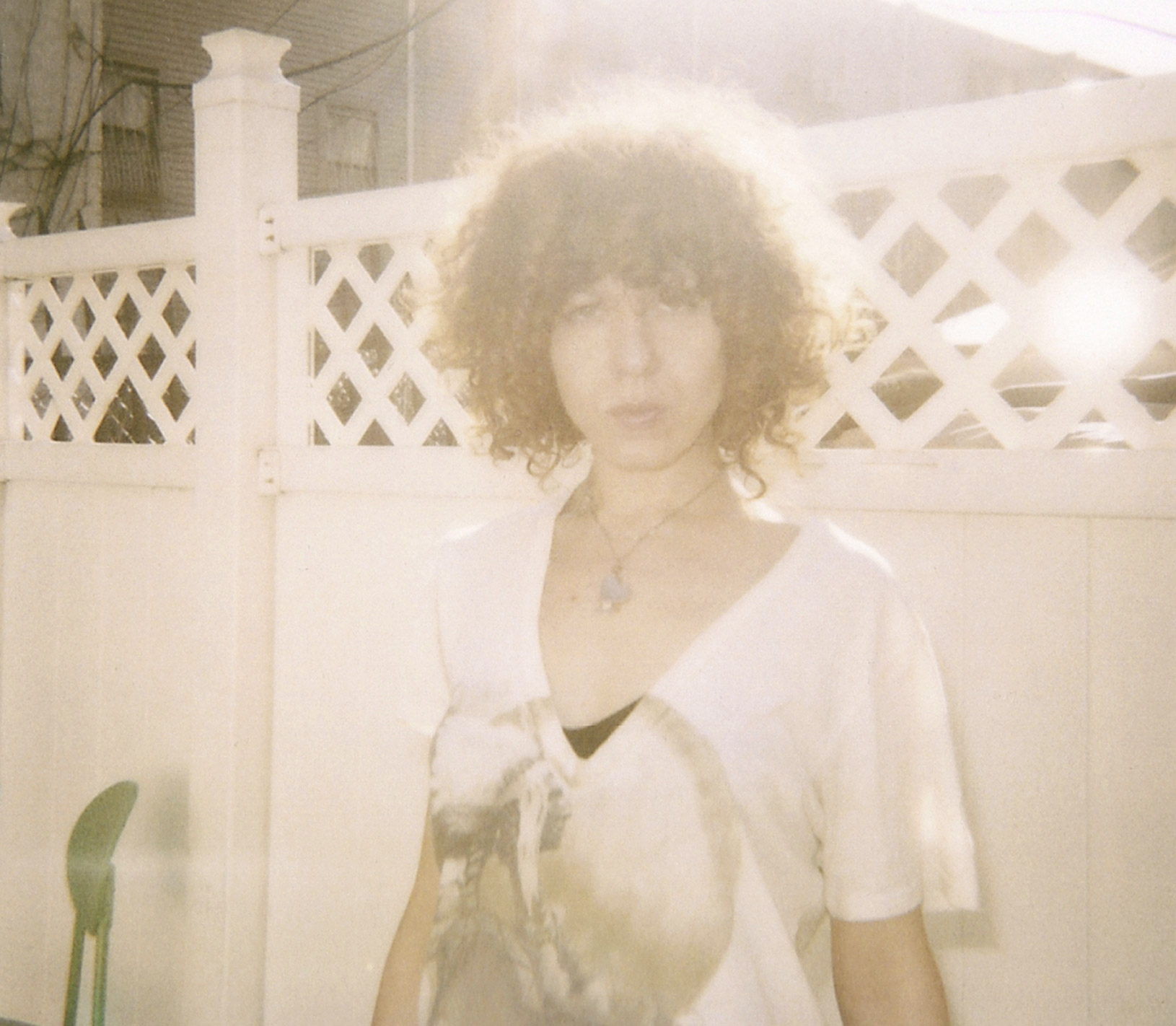
- Interview by Tina Essmaker December 11, 2012
- Photo by Jamie Neumann
Samantha Casolari
- photographer
Samantha Casolari is a freelance photographer based in New York City. She grew up in Italy and has lived in Paris, Milan, Geneva, and Uganda. In 2003, she moved to New York to pursue a Master’s degree in International Affairs at Columbia University. For the past four years, she has worked as a full-time photographer for clients including Nike, Reebok, the New York Times, Vanity Fair, Condé Nast, and D di Repubblica.
Interview
Describe your path to becoming a photographer.
I’ve always been in love with photography. When I was a teenager, I took so many pictures. They didn’t really mean much at the time. I was just trying to capture the moment, or at least that’s what I thought.
Then I came to New York for a while. I had an Italian friend with a big passion for black and white photography and I saw a photo he took of a kid on a swing with the skyline in the background—I loved it. It’s funny because it was an amateur who opened my mind to photography. That specific photo of his, which I’ll never forget, made me realize photography could be something else that I did not really grasp at the time—it was just a feeling that stayed with me. It inspired me to buy a 35mm camera and I started taking a lot of photos of New York, mostly in black and white.
After New York, I moved to Paris for two years to study literature and political science. In my free time, I did an internship at Magnum Photo and started reading and studying photography books. I learned about photographers like Berenice Abbott, Henri Cartier-Bresson, and Robert Capa, who I was extremely fascinated with, and that introduced me to the world of photojournalism and reportage photography. At the time, Magnum was transferring their archives from physical to digital and I helped by scanning negatives from old contact sheets. It was the most amazing thing that could’ve happened to me because I got to go through contact sheets of photographers from the 1940s, like Capa, Bresson, and David Seymour, and I got to touch their work, which was mind-blowing. I spent all my time looking at contact sheets and in the library going through books—I didn’t even take lunch breaks. My knowledge of photography, especially reportage, grew so much during those six months.
What degree did you get?
In college, I studied foreign languages and comparative literature, with a minor in international relations. Then I went to Uganda and Geneva to work for the World Food Program before coming back to New York to study for two years and earn a Master’s degree in International Affairs. I was taking pictures the whole time I was in Uganda and while I studied in NY, but I never thought it was something I could do; it felt so remote, similar to becoming a rock star. It was like another dimension that I couldn’t be a part of.
After I graduated, I quit everything and decided to dedicate myself to photography. At one point, it seemed like the only thing that I should really do with my life. When I finally decided to turn the page, it was really an incredibly intense phase because I had to learn about the business side of it as well as how to shoot and pitch my own stories.
The first story I shot was about young people being released from Sing Sing, the maximum security prison in Upstate New York. I worked on the project with my best friend, who helps people coming out of prison reintegrate into society. After shooting it, I contacted an editor at Vanity Fair and they decided to publish the story. The second story I did was about artists in Bushwick and it was picked up by a major Italian magazine. These two positive responses made me realize that maybe I was going in the right direction and that clearly helped me to keep on doing it.
I (Tina) like how you combined your interest in social issues with your love of photography to tell the story of groups of people. Have you been freelancing since then?
Yes.
When you made the decision to focus on photography, did you have an “aha” moment that made you take the leap from your full-time day job to becoming a photographer?
I was really unsatisfied and frustrated for a long time, but in ways that I didn’t really understand. I never liked what I was doing even though I loved the subject I was dealing with. I thought that maybe I needed to have more patience with my work. At one point, it built up and I realized it wasn’t working out—I felt like I was in a cage. There was so much I thought I could do and say and express, but I could not do it in the place where I was.
There was one night when I went out with a friend and she told me, “You’ve been talking about photography for so long. Why don’t you just do it?”I still remember my friend being kind of harsh. She told me, “It’s clear that that’s what you want to do.” After that night, I just made the jump and went for it.
Your friend knows you so well and for her to say that—it must have been the push you needed?
Yeah. I think that with those kind of decisions, you just have to jump—you can’t make them over the course of weeks. If I had taken a week to think about it, I would have never decided to go that way. I think it has to be like a real epiphany that happens in the moment—that was the moment for me.
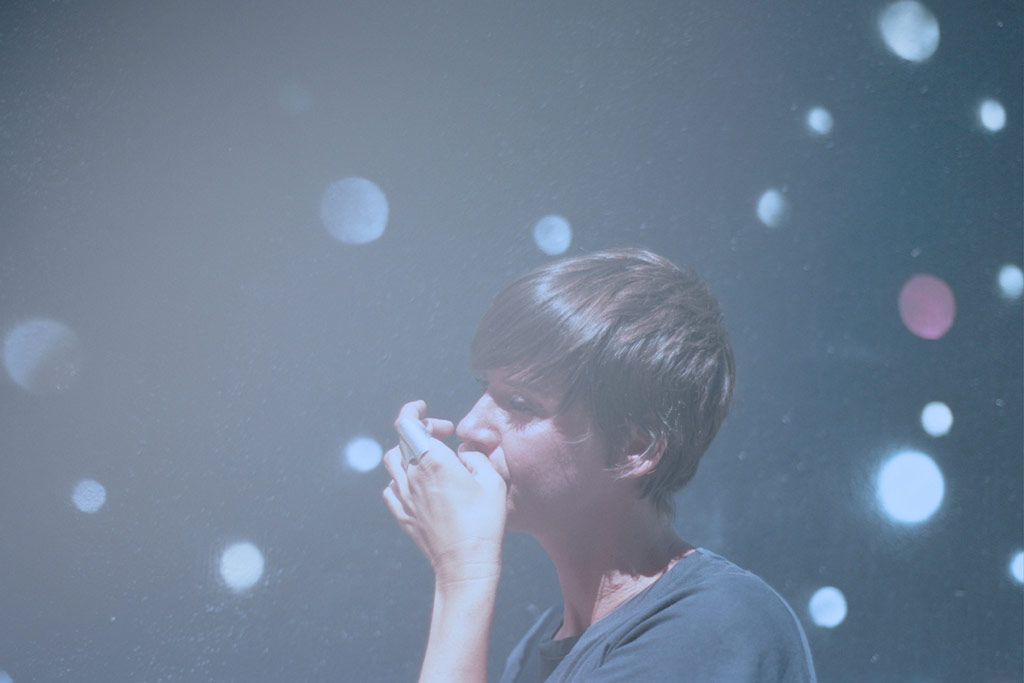
“I was really unsatisfied and frustrated for a long time…At one point, it built up and I realized it wasn’t working out—I felt like I was in a cage. There was so much I thought I could do and say and express, but I could not do it in the place where I was.”
Where did you grow up?
My family is 100% Italian and I was born in Modena, Italy, which is in the North, right next to Bologna. When I was 20, I came to the US in an exchange program and spent a year in Madison, WI. That’s where I met my best friend, who also lives in New York now—she’s the one to thank for me being able to shoot the Sing Sing story. We’ve been friends for a long time and she’s amazing.
Was creativity a part of your childhood growing up in Italy?
Yes. I drew and read a lot of books. I also played violin and went to the conservatory for quite a few years.
Do you still play?
I do have my violin here with me, but it’s not something you can just pick back up. It’s a really hard instrument and you have to practice for hours every day. I would need to take classes to play again and I don’t even have time to sleep, so I won’t be doing that any time soon.
Did you have any mentors along the way?
I really didn’t. I’m very aware of what’s around me and I read and research a lot, but…no, I didn’t have anyone. Also, I’m really shy, so I would hate to go to a person and ask questions.
You talked about quitting your job to focus on photography. Was that the biggest risk you’ve taken?
It was a pretty big risk. I invested so much time in what I was doing before in the international affairs field, so to quit everything and go into a completely different environment was a risk.
It was a big decision to stop playing the violin, even though it was a good one. It was a painful decision to make at such a young age because it was my whole world and the only world I knew. I didn’t have any friends other than peers at the conservatory and the only thing I cared about was classical music and books. After I quit, I had to build everything from scratch again.
Those were both risks—one was to stop doing something and the other was to start doing something else. In between those, there was my school life. I think that when I quit violin, it felt like I was quitting my artistic side and had to be more rational. For instance, I started playing sports and studying math.
Of course, none of that fit with the way I am. After school, I was told that to get a job, I would have to straighten my hair—it’s so curly—and change the way I dress. I am extremely disciplined, but the idea that I have to stop my hair from being curly or that I have to keep a daily routine of going to an office really does not fit my personality—I don’t function well like that. I really tried not to go in a “creative” direction and I avoided it for a long time, but then I just couldn’t anymore. So, in the end, it all comes down to a mere process of self-discovery and being true to yourself as well as having a big amount of blind faith.
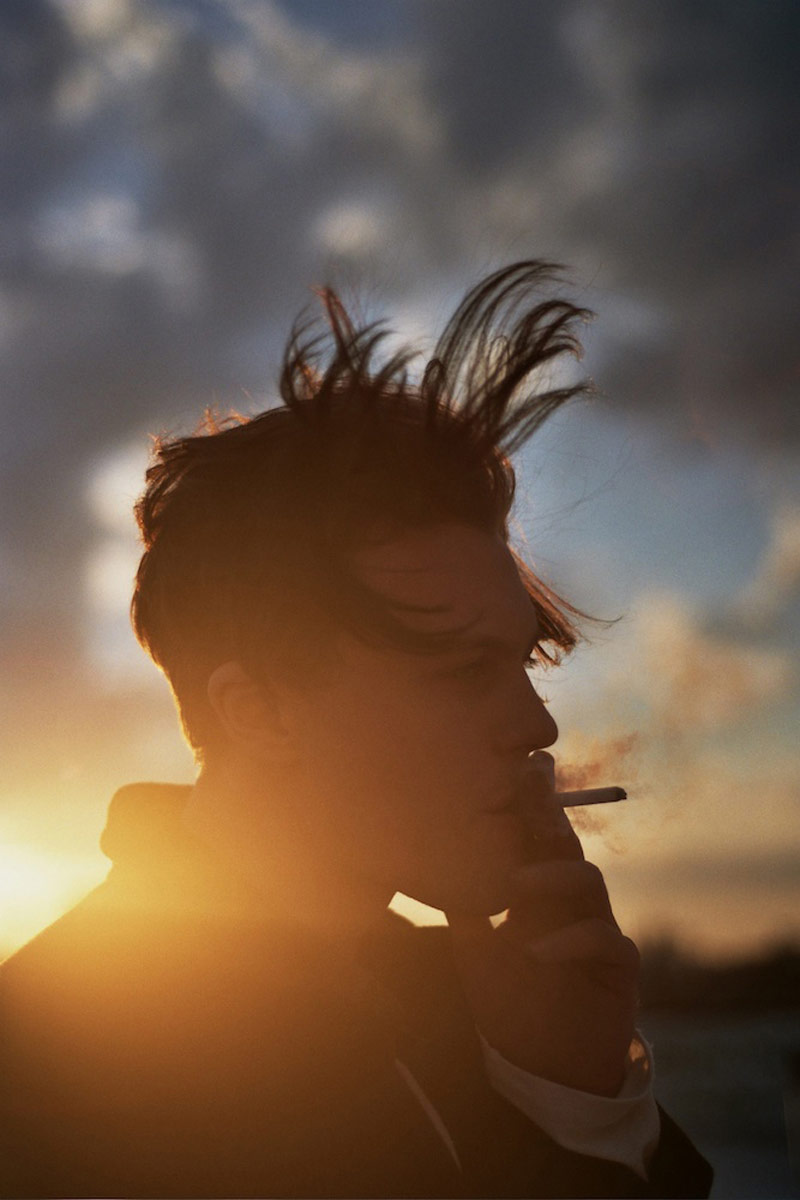
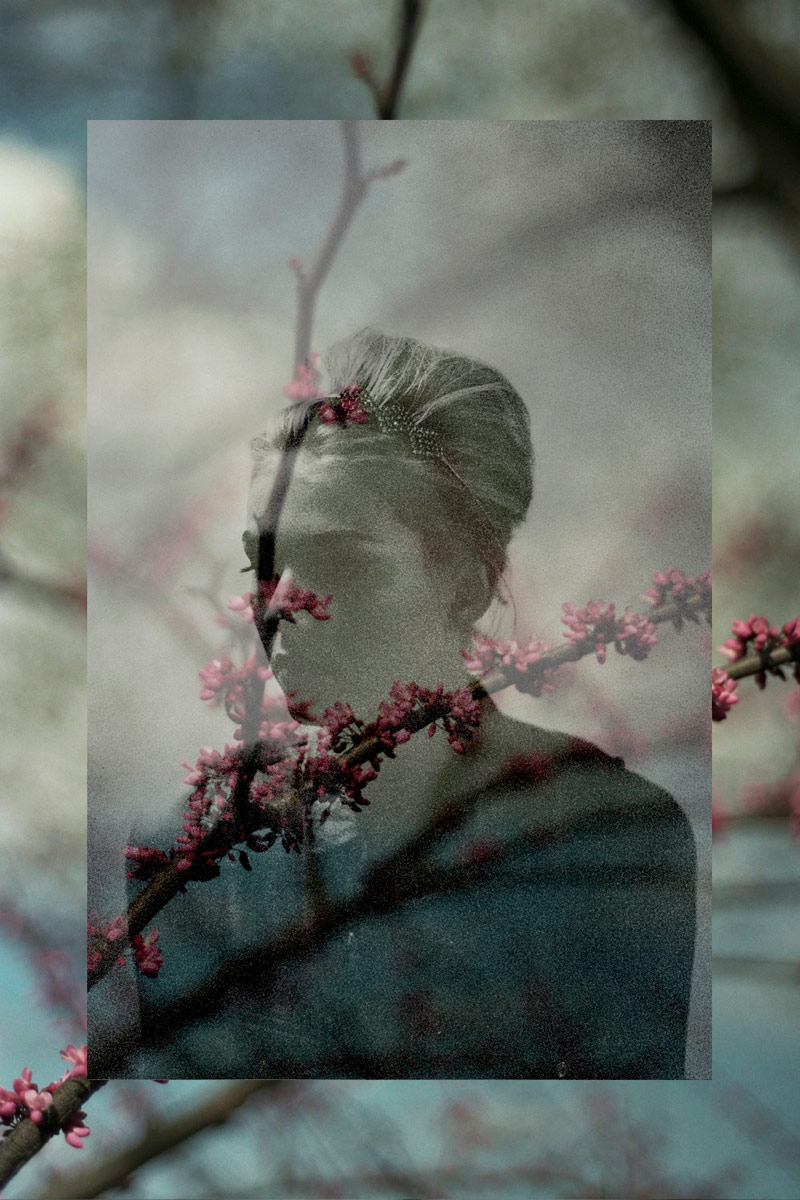
“…it all comes down to a mere process of self-discovery and being true to yourself as well as having a big amount of blind faith.”
Were your family and friends supportive of you along the way?
I am lucky because I have an amazing family who loves incredibly and has been very supportive. I would never be where I am if it wasn’t for my family. In the beginning, my parents were like, “Whoa! What are you doing?” But I’m very intense—like boom! I’m loud about my decisions, but also very sincere when I express things, so it’s probably hard to go against it because I’m truly passionate, you know?
I didn’t show any doubt when I made that decision, but inside of me, I was incredibly afraid; it’s not that I was pretending not to be scared—it just didn’t come out as much. Even now that I’m working and things are well, I still have incredibly great fears—my friends know that pretty well! My work is based on what is inside of me and my camera. If you stop for a moment and ask, “Am I going to be able to make it my whole life with just that?” you freak out. What would you do if you didn’t feel creative or inspired anymore?
Do you feel a responsibility to contribute to something bigger than yourself?
Always. That is the hardest part about what I do because it’s not just about taking the picture; it’s also about telling the story. I want to tell stories that are strong, that make people feel emotions, and ultimately, expand their mind and make them think. It’s not about getting published in a cool magazine or shooting an amazing campaign; it’s about getting to the heart and mind of a person and doing something that has value in terms of aesthetic and storytelling.
Do you think your perspective on that was influenced by your previous work?
Yes. My previous work was really about these people who were so far away and living in the greatest hardships. I was working with former child soldiers and displaced people who were refugees in their own country. No one really talked about them at the time—this was before organizations like Invisible Children were well known and before a lot of the media coverage happened. I was working with 20,000 people in a camp and those numbers are easy to get lost in. The problem is that when you get lost in the numbers, you forget the human side of it, but when you go there and meet the young boy who did horrible things because he was forced to and the young girl who has three babies because she was raped, you realize they’re real and they have names. The thing they really wanted more than anything was for their stories to be told. They asked, “Can you go tell our stories? How is it possible that no one knows about us?” That really stuck with me. Although what I’m doing now is far from that, I want to do more reportage in the future.
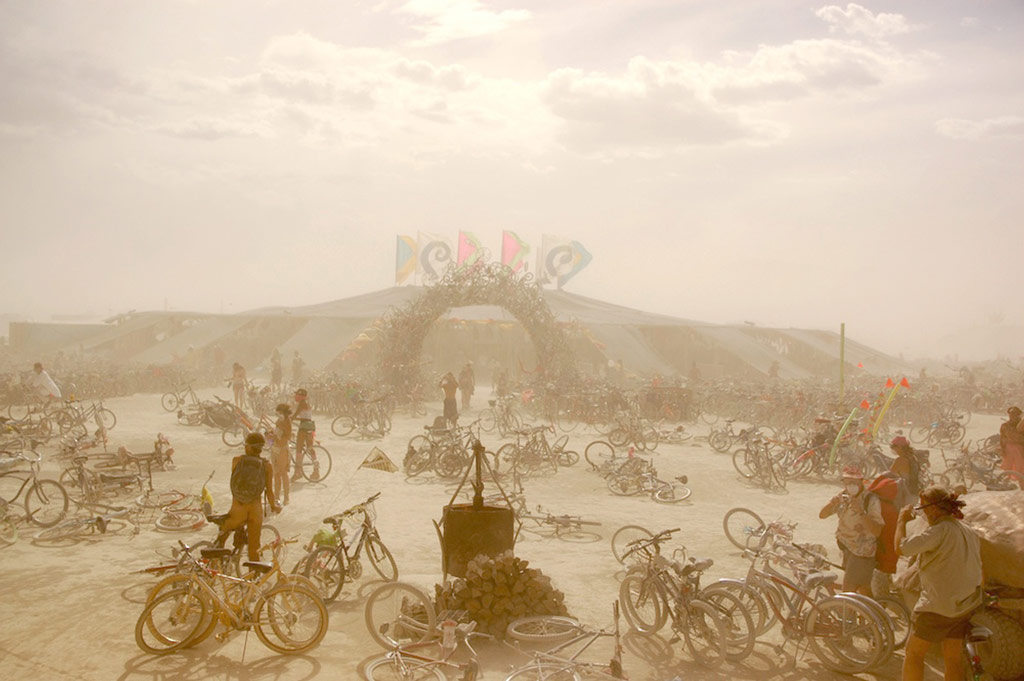
“…it’s not just about taking the picture…I want to tell stories that are strong, that make people feel emotions, and ultimately, expand their mind and make them think.”
Are you satisfied creatively?
Yes and no. Yes because in the past few years, I’ve explored myself from a creative perspective. When I started shooting professionally, I really worked hard to find my own voice as I didn’t think I had one yet. It was there, but was still in the process of being discovered. About three years ago, I spent a year experimenting with pictures. Without thinking about the content, I just focused on the visual while reading an endless number of books and watching tons of movies; I literally let my mind wander quite free. That is when something more creative started coming out in my pictures.
Now, I am satisfied, but I never want to have the feeling that I am completely there because then I’ll stop experimenting. I try to listen to new music, watch videos, and read things every day to stay inspired. I still want to tell stories and I realize it’s a never-ending process of finding and elaborating on inspiration. On one side, it’s about myself and on the other side, it’s about how I represent the world I see surrounding me.
Is there anything you hope to explore in the next 5 to 10 years? I noticed you have video work on your site. Is that something of interest?
Yes. I just finished a video project and am working on another. I definitely want to explore more videos and ways to work more with musicians because music is such an important part of my life. I’d love to shoot music videos and also do creative documentaries.
If you could give one piece of advice to another photographer starting out, what would you say?
Shoot a lot so that you understand what you want to shoot. Be 100% truthful to yourself, your voice, and your interests. I was talking to an agent the other day and he was saying how easy it is for a photographer to be rerouted from his or her vision. Having your own vision doesn’t necessarily mean you will get a lot of work—sometimes it means the opposite—but it will really pay off in the future. Don’t worry about the market, even if it’s not easy financially speaking. It is going to be extremely hard, so be prepared for it.
The other thing is to be humble. And make sure to learn something new every day, especially something not related to photography!
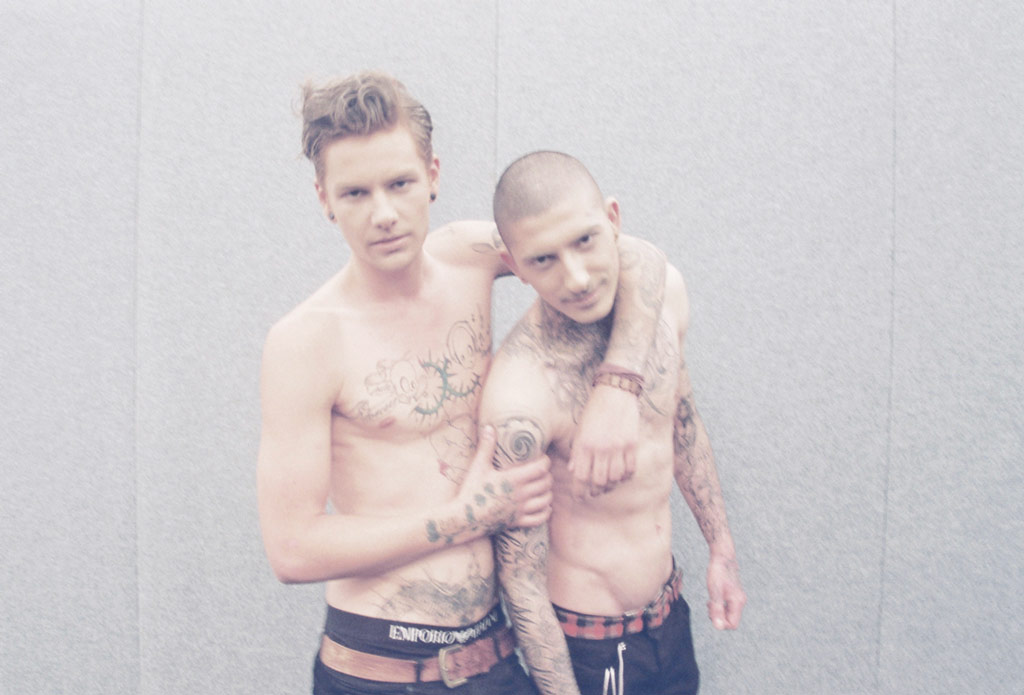
“Having your own vision doesn’t necessarily mean you will get a lot of work—sometimes it means the opposite—but it will really pay off in the future.”
How does where you live impact your creativity?
The diversity of the city is mind-blowing and fosters creativity every single day. In the streets, in the subway, and among all the people, there’s an energy I have never felt anywhere else; there’s a continuous feeling of possibility that is unmatchable. Sometimes it can also be hard to deal with because it’s so intense. That is when I know I need to remove myself and breathe. But New York is absolutely essential to what I’m doing.
And also, I would never be a professional photographer if I did not live in New York. What I did years ago—leaving my profession and trying something new—is quite unheard of in Italy. At that time, I had lived in New York for a few years and I was surrounded by people who had already made a career change and in some cases, very big changes. I was in a place that would allow me to do so. In Italy, it would be extremely difficult to do such a thing and make it work as it is quite a conservative culture. Here, if you shoot nice pictures no one cares about what you did before. One of the first assignments I shot was for New York Magazine about six months after I started freelancing and I was so shocked because no one really knew me back then—but these sorts of things can happen here in NY.
Is it important to you to be part of a creative community of people?
It is now. When I’m on a fashion shoot or photographing a band, I work with a team of people who help me and I love that. To me, it is so important, and having the right people can be so incredibly inspiring.
What does a typical day look like for you?
That is the hardest question. I really don’t have a typical daily routine and can’t really plan much. My schedule is always so different, which is what I love the most in my job, but sometimes it can also be quite nerve-wracking. I do certainly wake up, drink coffee, and read the news every morning!
What are you listening to right now?
I am listening to the latest Cat Power album. I saw her the other day and she’s amazing. Nicolas Jaar, Spacemen 3, Spiritualized, and Mozart are always on my iPod.
Do you have any favorite TV shows or movies?
I don’t have a TV and never watch TV shows. I used to love Dexter, but stopped watching it after three seasons. My favorite movies are anything by David Lynch, Louis Malle, Tarkovsky, and old noir movies.
Favorite book?
Anything by Dostoyevsky; I love his crazy lunatic characters.
Favorite food?
Anything with calamari.
What kind of legacy do you hope to leave?
That’s a huge question, isn’t it? I hope that my pictures will show what’s behind the world that’s right in front of our eyes. We think in so many different ways and see reality in so many different ways and that’s what I’m trying to do with my pictures.
“I hope that my pictures will show what’s behind the world that’s right in front of our eyes. We think in so many different ways and see reality in so many different ways and that’s what I’m trying to do with my pictures.”